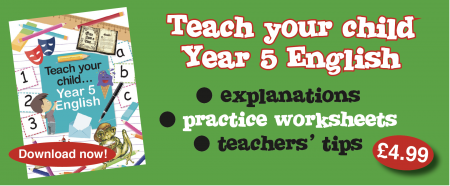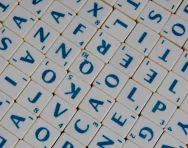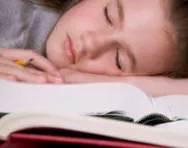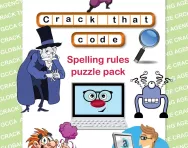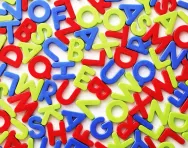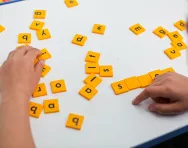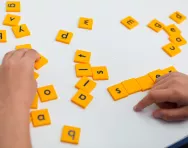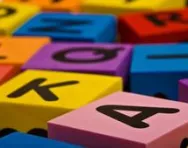TheSchoolRun.com closure date
As we informed you a few months ago, TheSchoolRun has had to make the difficult decision to close due to financial pressures and the company has now ceased trading. We had hoped to keep our content available through a partnership with another educational provider, but this provider has since withdrawn from the agreement.
As a result, we now have to permanently close TheSchoolRun.com. However, to give subscribers time to download any content they’d like to keep, we will keep the website open until 31st July 2025. After this date, the site will be taken down and there will be no further access to any resources. We strongly encourage you to download and save any resources you think you may want to use in the future.
In particular, we suggest downloading:
- Learning packs
- All the worksheets from the 11+ programme, if you are following this with your child
- Complete Learning Journey programmes (the packs below include all 40 worksheets for each programme)
You should already have received 16 primary school eBooks (worth £108.84) to download and keep. If you haven’t received these, please contact us at [email protected] before 31st July 2025, and we will send them to you.
We are very sorry that there is no way to continue offering access to resources and sincerely apologise for the inconvenience caused.
Spelling in Year 5 and Year 6

Spelling in Year 5 and Year 6
The 2014 curriculum groups spellings for Years 5 and 6 together, so it is up to a teacher's discretion which spellings they decide to give out in which year group.
Year 5 and Year 6 spelling patterns and rules
In Years 5 and 6, the following spelling rules and patterns will be taught:
- Words ending -cious and -tious such as 'delicious' and 'superstitious'
- Words ending -cial and -tial such as 'special' and 'partial'
- Words ending -ant, -ance and -ancy such as 'hesitant', 'hesitance' and 'hesitancy'
- Words ending -ent, -ence and -ency such as ‘patient’, ‘patience’ and ‘frequency’
- Words ending -able / -ably and -ible / -ibly such as 'comfortable' / 'comfortably' and 'horrible' / 'horribly'
- Adding -ing / -ed to words ending -fer, for example: 'prefer', 'preferring' and 'preferred'
- Use of the hyphen, for example: 'co-ordinate', 're-enter'
- Words containing ie / ei, for example: 'piece' and 'ceiling'
- Words containing ough and looking at the different sounds this grapheme makes in different words, for example: 'enough', 'through', 'although', 'plough'
- Silent letters in words such as 'doubt', 'thistle' and 'knight'
- Homophones (words which sound the same but are spelled differently) for example: 'principle' and 'principal'


Start the Year 5 Learning Programme!
- Weekly maths, science & English worksheets direct to your inbox
- Follows the National Curriculum
- Keeps your child's learning on track
How spelling is taught in Year 5 and Year 6
Spelling words get considerably harder in Years 5 and 6, however the time spent on teaching spellings may be reduced due to preparation for tests. Children need to become much more independent when it comes to learning their own spellings and ensure that they keep up the practice for their weekly spelling tests.
Year 5 spelling worksheets and Year 6 spelling worksheets
Look through our selection of Y5 spelling worksheets and Y6 spelling worksheets for code-breaking challenges, wordsearches and other spelling learning activities.
TheSchoolRun has also produced Y5 spelling practice tests and Y6 spelling practice tests to help revise the common spelling patterns and tricky words learned in each year group.
How spelling is taught in primary school, year by year
Find out what words and spelling patterns children are taught in each year of primary school with our parents' guides:
Spelling in Reception
Spelling in Year 1
Spelling in Year 2
Spelling in Year 3 and Year 4
